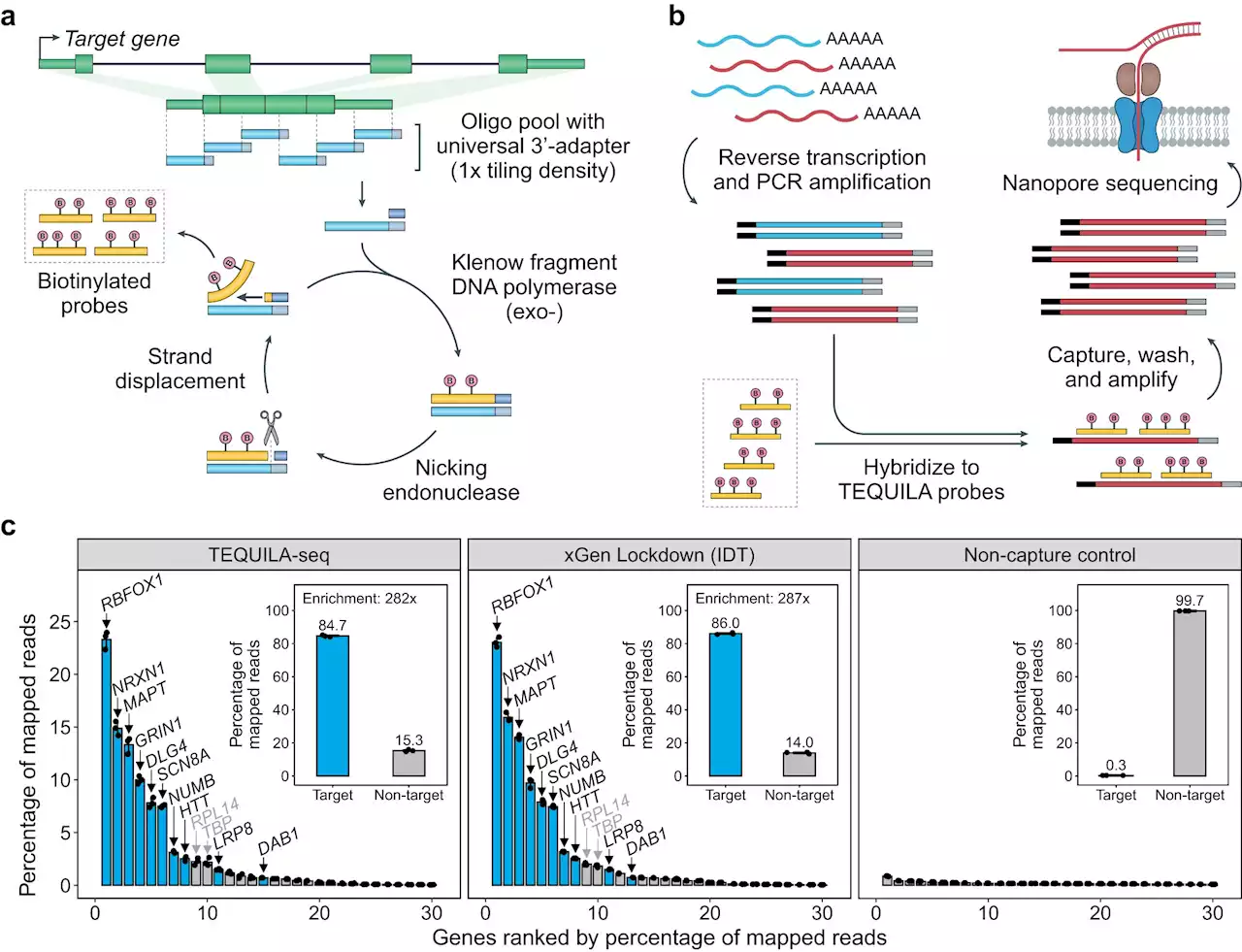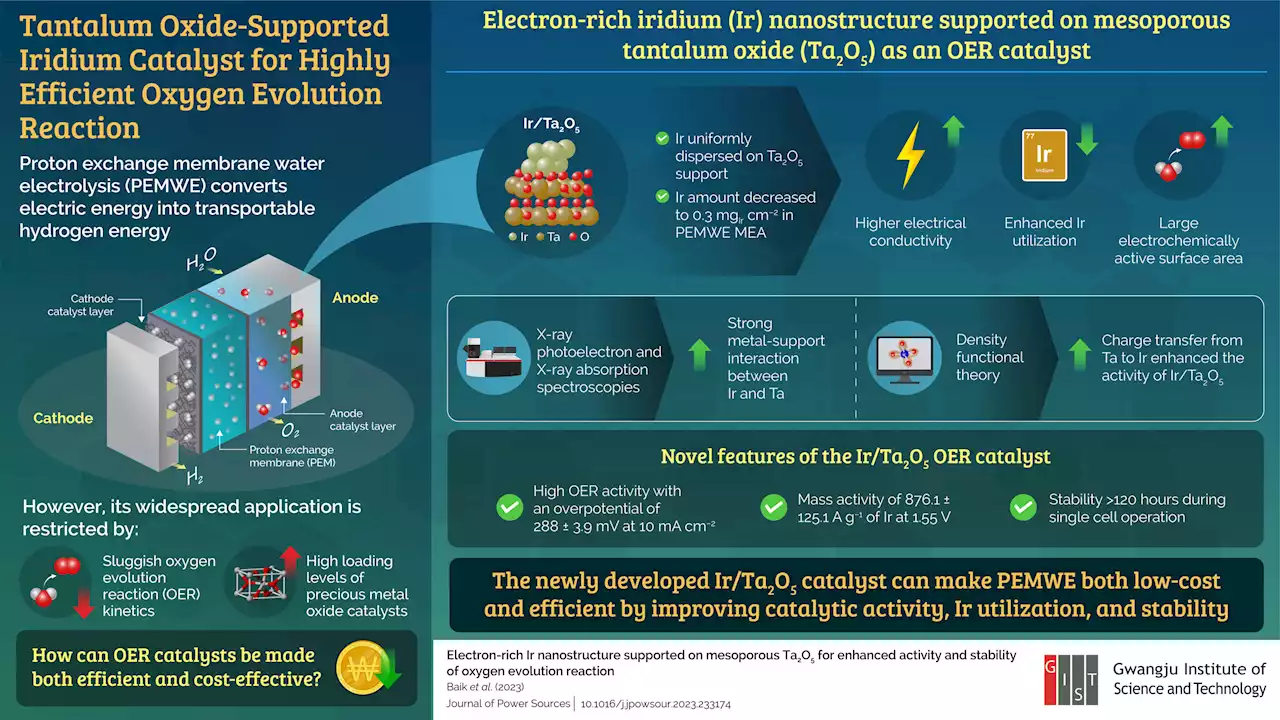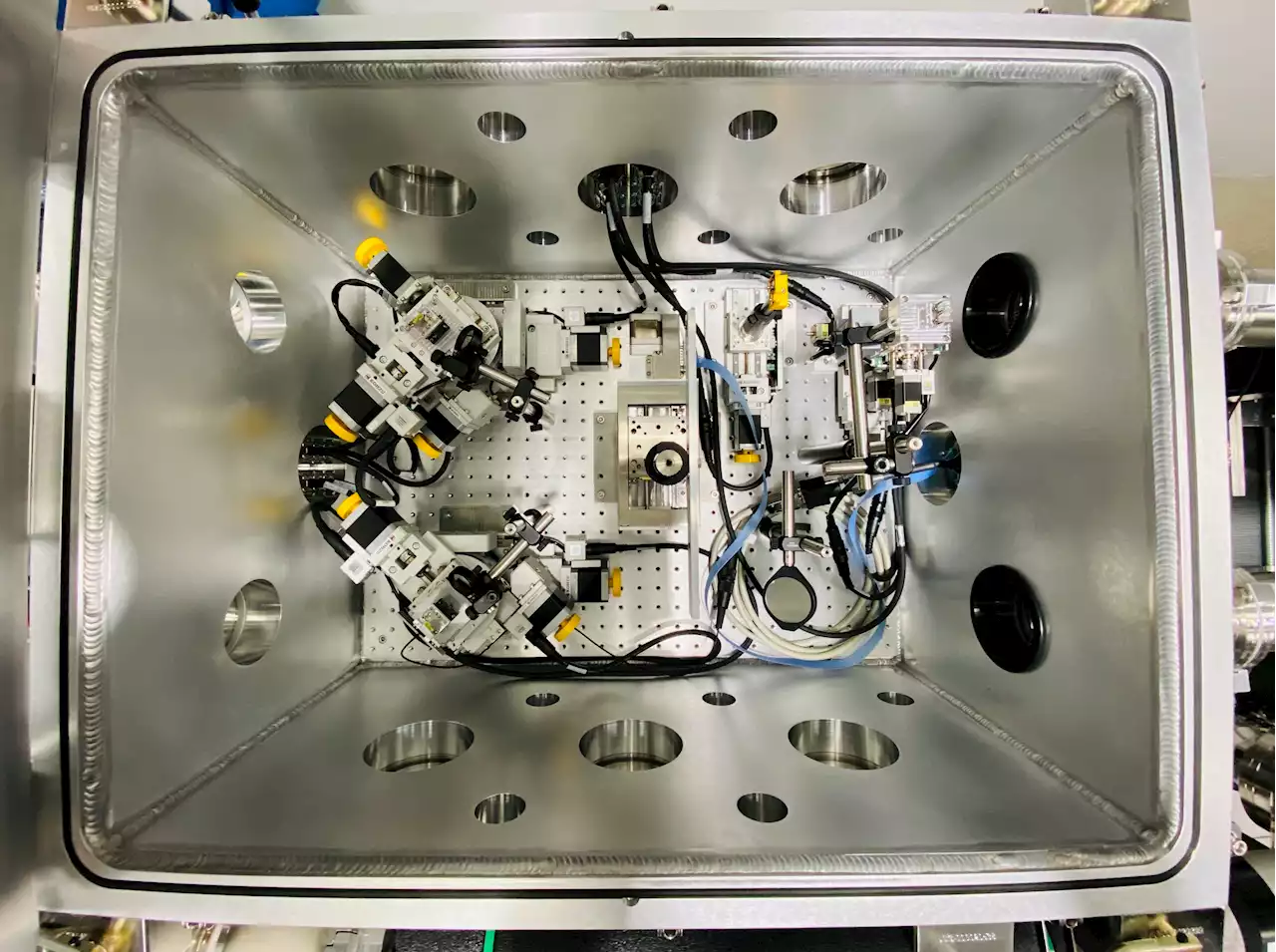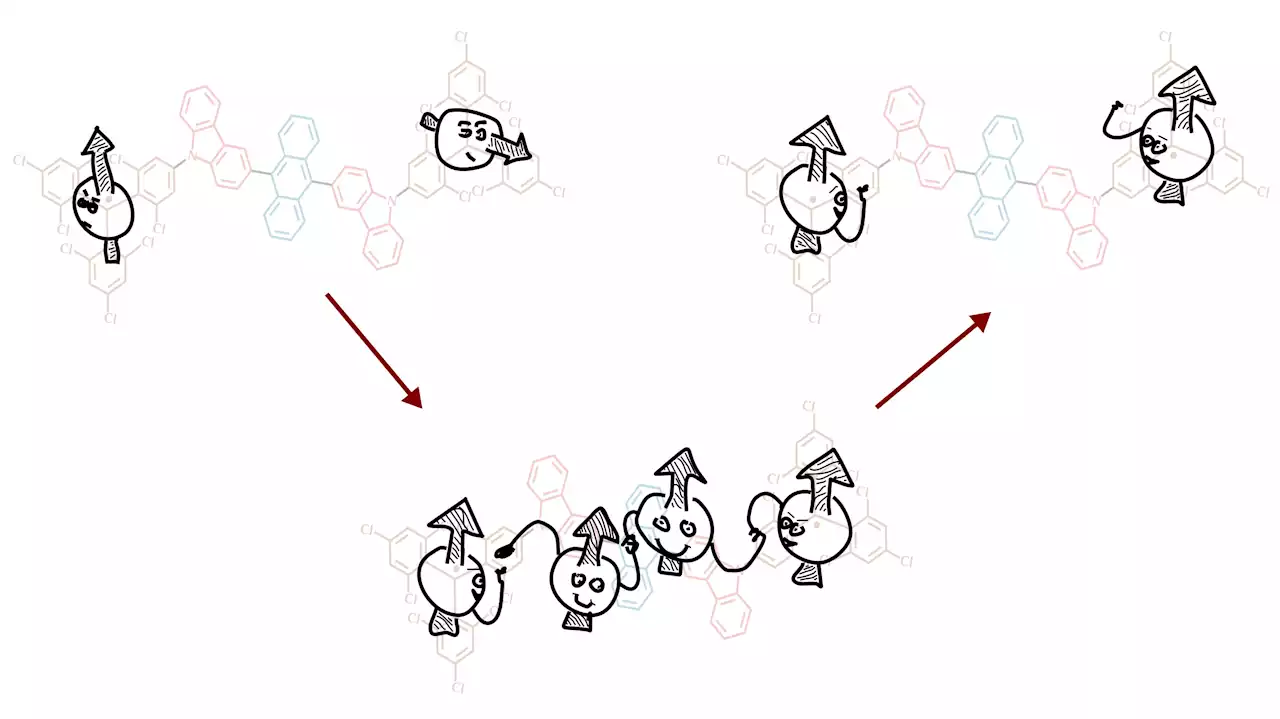Researchers have found a way to control the interaction of light and quantum 'spin' in organic semiconductors, that works even at room temperature.
Spin is the term for the intrinsic angular momentum of electrons, which is referred to as up or down. Using the up/down spin states of electrons instead of the 0 and 1 in conventional computer logic could transform the way in which computers process information. And sensors based on quantum principles could vastly improve our abilities to measure and study the world around us.
"These unpaired spins change the rules for what happens when a photon is absorbed and electrons are moved up to a higher energy level," said first author Sebastian Gorgon, from Cambridge's Cavendish Laboratory."We've been working with systems where there is one net spin, which makes them good for light emission and making LEDs."
Organic semiconductors are the current state-of-the-art for lighting and commercial displays, and they could be a more sustainable alternative to silicon for solar cells. However, they have not yet been widely studied for quantum applications, such as quantum computing or quantum sensing. The researchers designed a new family of materials by first determining how they wanted the electron spins to behave. Using this bottom-up approach, they were able to control the properties of the end material by using a building block method and changing the 'bridges' between different modules of the molecule. These bridges were made of anthracene, a type of hydrocarbon.
United States Latest News, United States Headlines
Similar News:You can also read news stories similar to this one that we have collected from other news sources.
 Switching To Electric Vehicles & Clean Electricity Could Result In 89,300 Fewer Premature Deaths In The USThe report presents a new vision, however, one that foresees an America running on clean, renewable electricity and people driving electric vehicles, meaning all-electric vehicles.
Switching To Electric Vehicles & Clean Electricity Could Result In 89,300 Fewer Premature Deaths In The USThe report presents a new vision, however, one that foresees an America running on clean, renewable electricity and people driving electric vehicles, meaning all-electric vehicles.
Read more »
 Methane + Sunlight + Catalyst=Emissions-Free Hydrogen, Say UCF ResearchersResearchers at the University of Central Florida say they have discovered a way to make hydrogen with no carbon dioxide emissions.
Methane + Sunlight + Catalyst=Emissions-Free Hydrogen, Say UCF ResearchersResearchers at the University of Central Florida say they have discovered a way to make hydrogen with no carbon dioxide emissions.
Read more »
 Researchers identify novel host-based target against multiple mosquito-transmitted virusesNew Cleveland Clinic research shows how mosquito-transmitted viruses—like Zika, West Nile, Yellow Fever and dengue viruses—hijack host cells to promote their own replication and infection. Published in Cell Host and Microbe, a recent study from the laboratory of Michaela Gack, Ph.D., Scientific Director of Cleveland Clinic's Florida Research & Innovation Center, opens the door to developing new therapeutics for flaviviruses, a class of viruses for which either no or very limited treatments currently exist.
Researchers identify novel host-based target against multiple mosquito-transmitted virusesNew Cleveland Clinic research shows how mosquito-transmitted viruses—like Zika, West Nile, Yellow Fever and dengue viruses—hijack host cells to promote their own replication and infection. Published in Cell Host and Microbe, a recent study from the laboratory of Michaela Gack, Ph.D., Scientific Director of Cleveland Clinic's Florida Research & Innovation Center, opens the door to developing new therapeutics for flaviviruses, a class of viruses for which either no or very limited treatments currently exist.
Read more »
 Researchers develop versatile and low-cost technology for targeted long-read RNA sequencingIn a development that could accelerate the discovery of new diagnostics and treatments, researchers at Children's Hospital of Philadelphia (CHOP) have developed a versatile and low-cost technology for targeted sequencing of full-length RNA molecules. The technology, called TEQUILA-seq, is highly cost-effective compared to commercially available solutions for targeted RNA sequencing and can be adapted for different research and clinical purposes. The details are described in a paper in Nature Communications.
Researchers develop versatile and low-cost technology for targeted long-read RNA sequencingIn a development that could accelerate the discovery of new diagnostics and treatments, researchers at Children's Hospital of Philadelphia (CHOP) have developed a versatile and low-cost technology for targeted sequencing of full-length RNA molecules. The technology, called TEQUILA-seq, is highly cost-effective compared to commercially available solutions for targeted RNA sequencing and can be adapted for different research and clinical purposes. The details are described in a paper in Nature Communications.
Read more »
 Researchers design efficient iridium catalyst for hydrogen generationThe energy demands of the world are ever increasing. In our quest for clean and eco-friendly energy solutions, transportable hydrogen energy offers considerable promise. In this regard, proton exchange membrane water electrolyzers (PEMWEs) that convert excess electric energy into transportable hydrogen energy through water electrolysis have garnered remarkable interest.
Researchers design efficient iridium catalyst for hydrogen generationThe energy demands of the world are ever increasing. In our quest for clean and eco-friendly energy solutions, transportable hydrogen energy offers considerable promise. In this regard, proton exchange membrane water electrolyzers (PEMWEs) that convert excess electric energy into transportable hydrogen energy through water electrolysis have garnered remarkable interest.
Read more »
 Researchers take important step toward developing cavity-based X-ray laser technologyResearchers have announced an important step in the development of a next-gen technology for making X-ray free-electron laser pulses brighter and more stable. They used precisely aligned mirrors made of high-quality synthetic diamond to steer X-ray laser pulses around a rectangular racetrack inside a vacuum chamber.
Researchers take important step toward developing cavity-based X-ray laser technologyResearchers have announced an important step in the development of a next-gen technology for making X-ray free-electron laser pulses brighter and more stable. They used precisely aligned mirrors made of high-quality synthetic diamond to steer X-ray laser pulses around a rectangular racetrack inside a vacuum chamber.
Read more »
